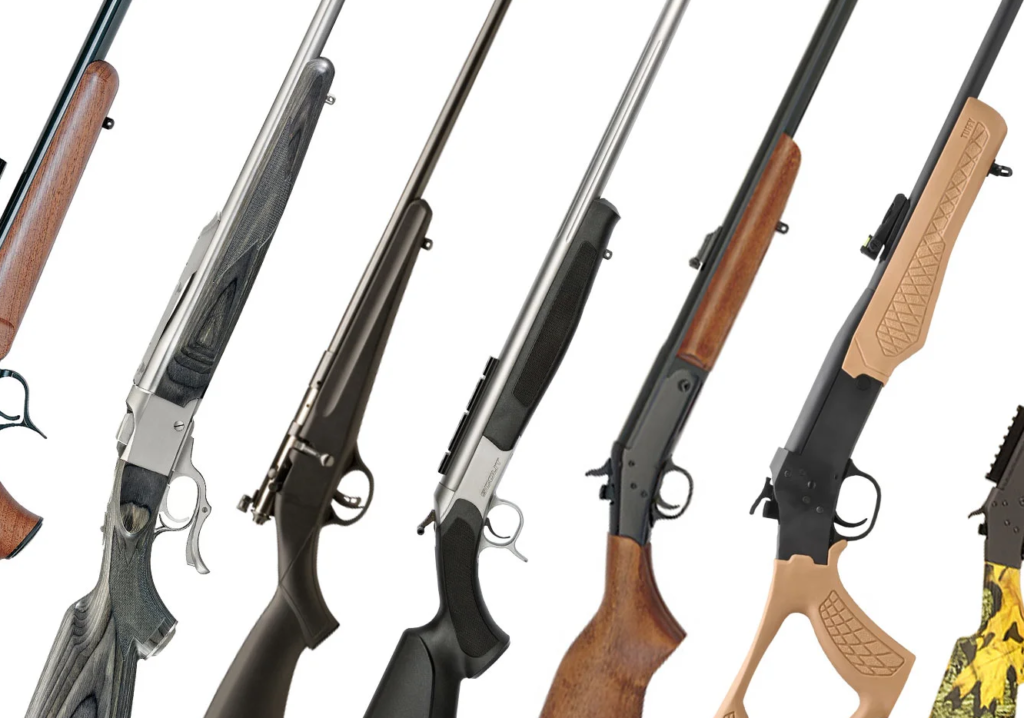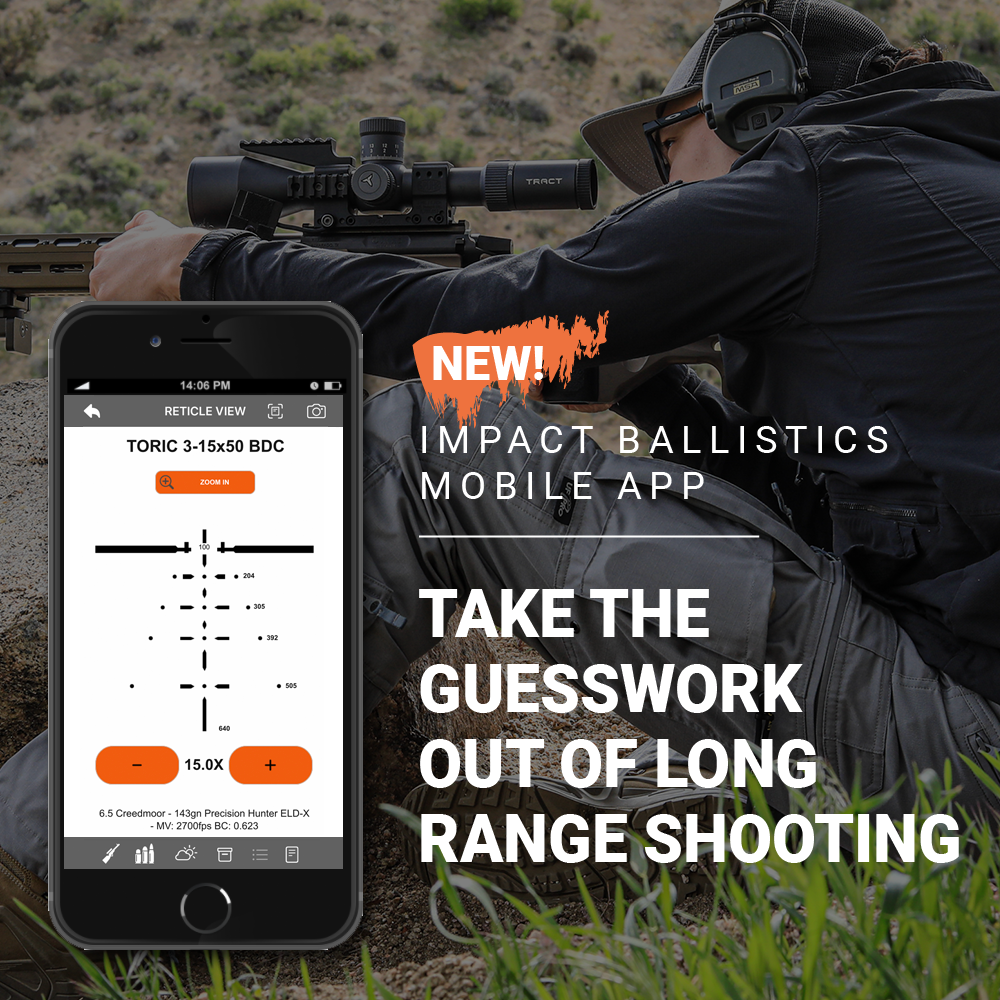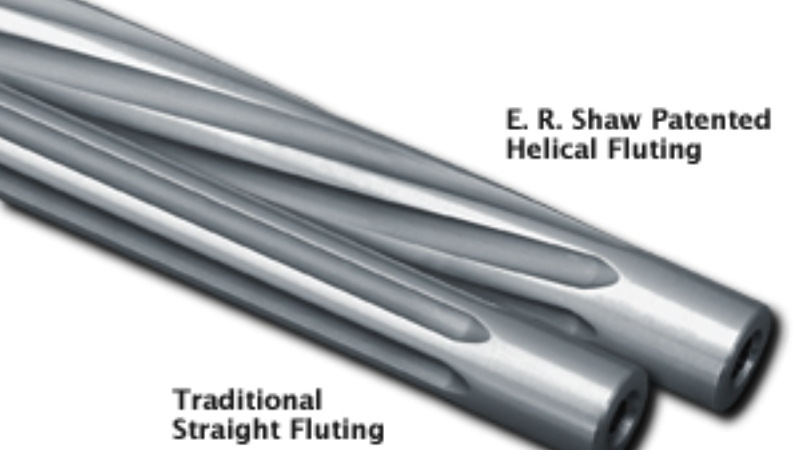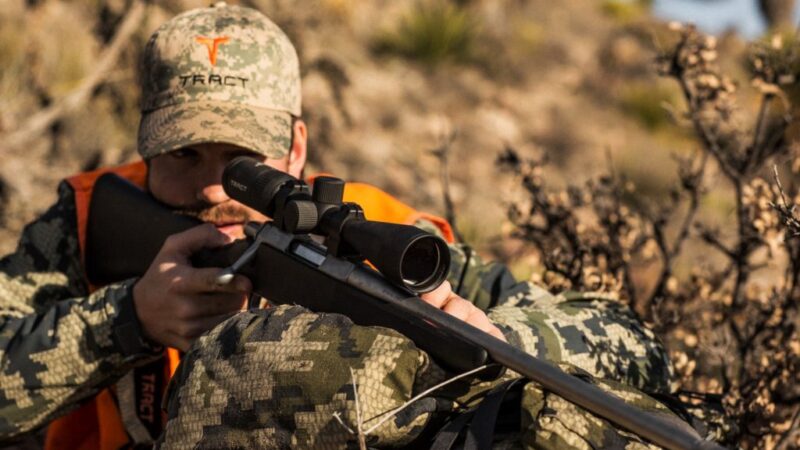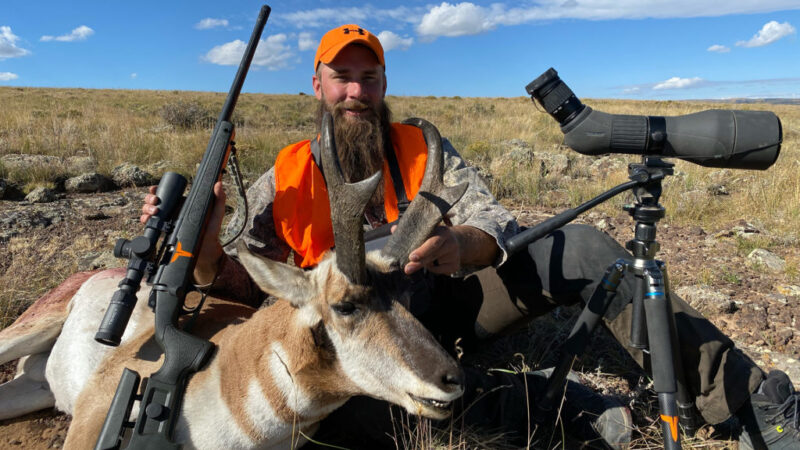Defining Rifle Actions
Defining rifle actions and determining which is best for you can help you determine which setup is best for your preferred application.
There are many different types of rifles and a variety of actions for hunters and shooters to choose from. But what does that mean, exactly?
We will examine rifle actions, how they work, and what distinguishes them. So whether you’re a hunter, shooter, or just a curious observer, read on to learn more about the mechanical makeup of a rifle. If nothing else, it could provide good deer camp conversation!
Defining Rifle Actions
To better understand rifles, we must first understand what actions are.
An action is the mechanism of a rifle that holds the cartridge, or cartridges, and allows the gun to fire. This is due to a firing pin that is sprung into the cartridge’s primer when the trigger is pulled.
Today, the four main types of actions that you’re going to notice in camp or on the range are single action, bolt action, lever action, and semi-automatic. Let’s dive in.
Single Shot Rifles
A single shot rifle is essentially a rifle that fires one round at a time and is single action. The primary function is the trigger’s releasing of the hammer to strike the firing pin. With many older, and some modern guns, the shooter must manually cock the hammer each time before a shot is fired. You’ll also find newer models that only require the flip of the safety to fire once the gun is loaded.
Single actions are built with several advantages. One is that they are often more reliable than other types of actions since there are fewer moving parts. Another advantage is that they are often lighter and easier to carry since they do not have a magazine or other bulky components. Add a lightweight scope and you’ve got a setup that can travel far.
On the flipside, single actions can take longer to fire being that a hammer oftentimes comes into play, rather than a forward-sliding safety. You’re also left with an empty gun after pulling the trigger, which in reality, isn’t such a bad thing unless you need a really quick follow up or are hunting dangerous game.
From an accuracy standpoint, single shots make us take our time and aim carefully. We tend to think aim small, miss small with minimal ammo.
Bolt Action
A bolt-action rifle is also made up of few parts – often just a stock, barrel, bolt, and trigger. It uses said bolt to chamber and fire rounds. A handle operates the bolt, which is usually found on the right side, and is used to load, cock, and extract rounds. (Even though rifle manufacturers are taking lefties into consideration, right-handed bolt actions still hold a large majority of the market share.)
A bolt-action operates much like you would a door bolt – up, back, then forward. In this way, the it is rather simple to operate. They’re excellent for beginners who are just learning to handle firearms.
The Bolt Action Bergara Divide bridges the gap between a tactical and hunting rifle, with their proprietary CURE Carbon Barrels and a custom AG Composites Chalk Branch carbon stock.
Plus, they’re known for their superior accuracy no matter if you’ve been shooting for a whole lifetime or a whole day. As we see more rifle barrel technology produce sub MOA firearms on the production side, with companies like Bergara leading the way, it’s no wonder many hunters and shooters opt for the bolt.
Additionally, bolt-action rifles tend to be super reliable. They are relatively easy to maintain and clean. And have fewer moving parts meaning less potential for jamming, malfunctioning, or losing them.
Lever Action
The lever action was one of the first and most reliable rifle actions to be developed and remains one of the most popular today. Who doesn’t know somebody that started their hunting careers with a lever-action .30-30?
These rifles have stood the test of time for whitetail hunters who typically take short- to medium-range shots. Their slim design also makes them good rifles to carry for longer distances in the backcountry or on horseback.
Lever actions typically have a magazine capacity between five and 10 rounds, depending on caliber and barrel length. This can at the same time give a shooter more firepower – both on the amount of rounds in the gun and the ability to quickly work the lever – while also making the rifle heavy for freehand shots.
Lastly, you’ll notice that lever actions can be very aesthetically pleasing and are often centerpieces for collectors. The large flat face on both sides of the action provides a place for engravers to create artwork unlike anything you’d find on a canvas.
Semi-Auto
Semi-auto rifles are the most popular in the world. You’ll find them used for various applications, including hunting, plinking, competition shooting, and self-defense. A semi-auto rifle is a firearm that uses the energy of the fired cartridge to cycle the action and load a fresh round into the chamber. This type is also known as an autoloading or self-loading rifle.
There are many advantages to operating a semi-automatic rifle. They are relatively easy to use and maintain. Modern advances have made them more reliable and accurate than ever before. Plus, they’re fun for a day on the range.
On the flipside, you may need to clean them often as more rounds are typically fired through semi autos. And with the cost of ammo, you can burn up a hefty bill pretty quickly.
What’s Your Choice?
If you’re new to hunting and shooting, hopefully this will give you a better understanding of how actions work and what sets them apart based on how you’ll apply the firearm. Then, once your decision is made, the only step left is finding the right optics. And we know how to help you out there!





